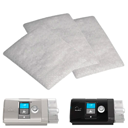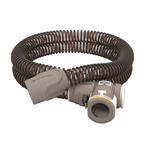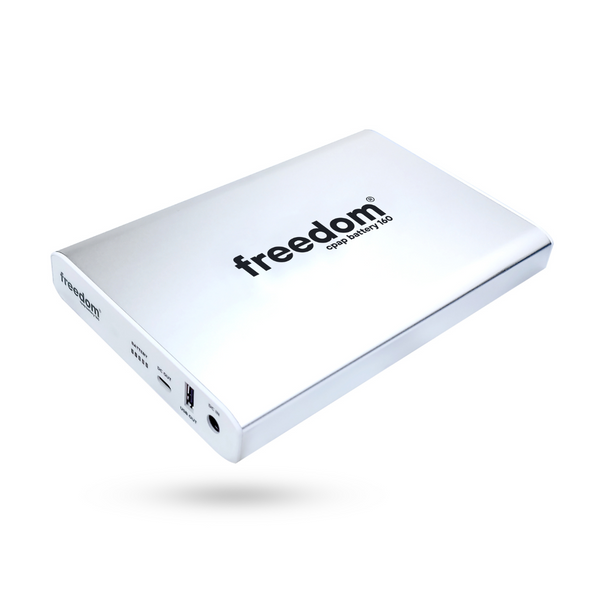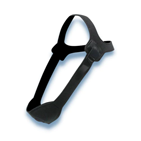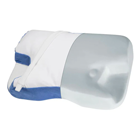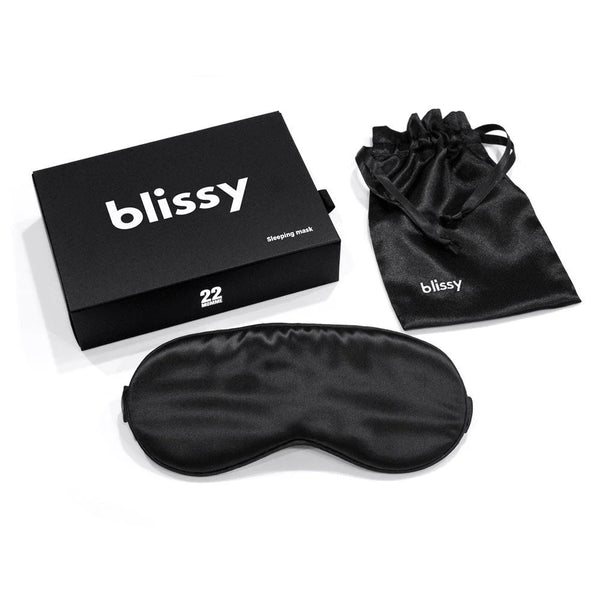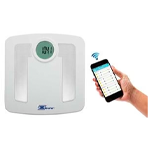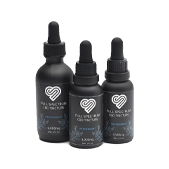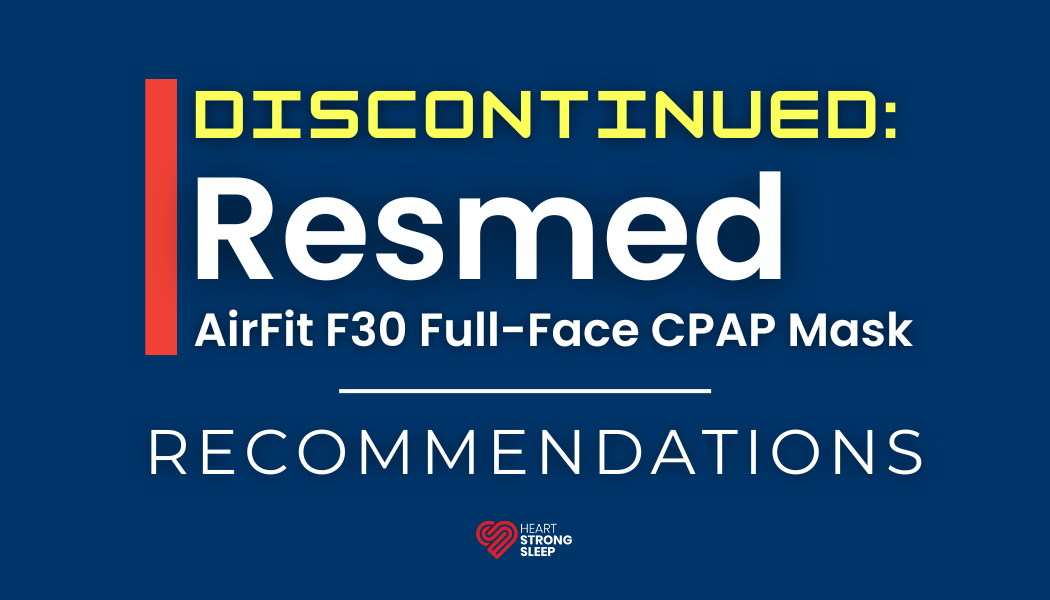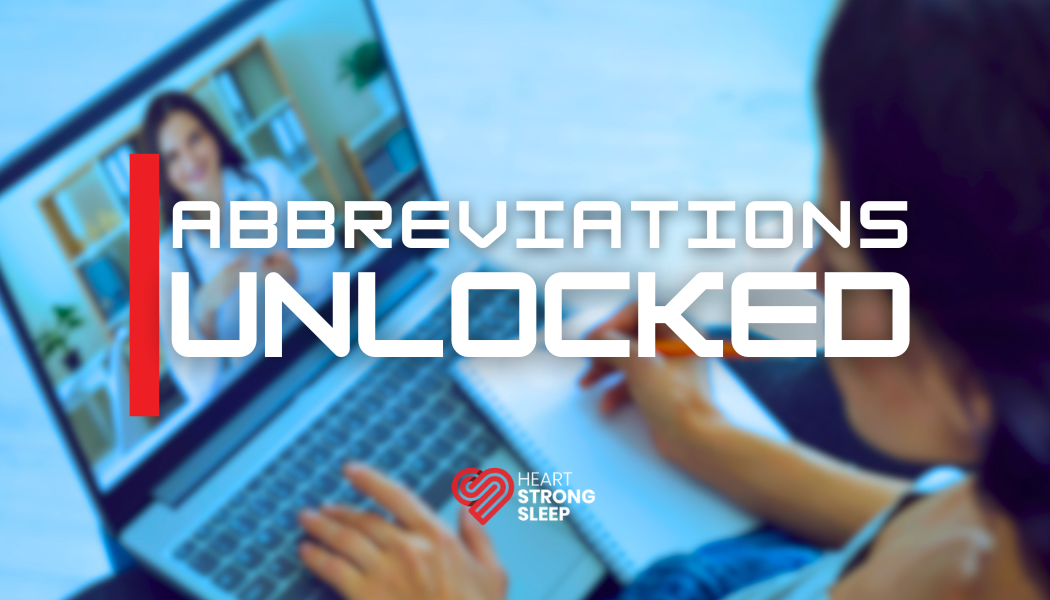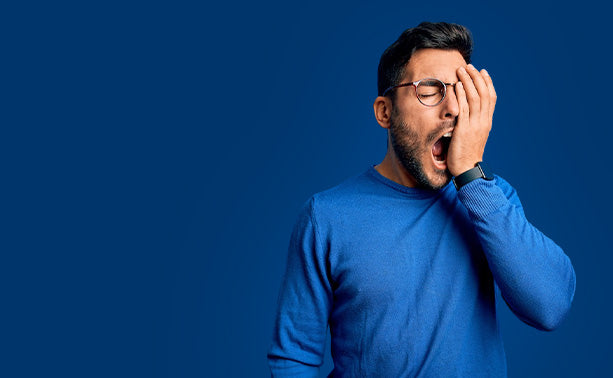AHI
AHI (Apnea-Hypopnea Index) is a scale that tells whether you have a sleep disorder called apnea and, if so, how serious it is. AHI represents the number of apnea and hypopnea events per hour of sleep. The apneas must last for at least 10 seconds and be associated with a decrease in blood oxygen levels.
APAP (Auto-titrating Positive Airway Pressure)
A device that adjusts automatically in response to changes in a user’s breathing patterns. Positive airway pressure (PAP) devices are used in the treatment of sleep apnea.
Apnea(s)
Repetitive episodes of complete or partial upper airway blockage during sleep. During an apneic episode, the diaphragm and chest muscles work harder as the pressure increases to open the airway. A person can stop breathing for as long as 20 seconds or more. Breathing usually resumes with a loud gasp or body jerk.
BiPAP (Bi-Level Positive Airway Pressure)
A device that is an effective treatment for sleep apnea patients; delivers air into airways through a specially designed face or nasal mask or pillows. These machines are called “bilevel” because they have two air pressure settings:
- When you breathe in, BPAP machines deliver more air pressure. This is called inspiratory positive airway pressure (IPAP).
- When you breathe out, the machine reduces the air pressure. This is called expiratory positive airway pressure (EPAP)
Central Sleep Apnea
Sleep disorder in which the airway is not blocked, but the brain fails to signal the muscles to breathe.
Circadian Rhythms
Biological rhythms that include the internal clock which influences when, how much, and how well people sleep.
CPAP (Continuous Positive Airway Pressure)
A device that is an effective treatment for sleep apnea patients; delivers air into airways through a specially designed face mask, nasal mask, or nasal pillows.
Diabetes, Type 2
A disease in which the body’s ability to produce or respond to the hormone insulin is impaired, resulting in abnormal metabolism of carbohydrates and elevated levels of glucose in the blood and urine. Controlling blood sugar through diet, oral medications, or insulin is the main treatment. Regular screening for complications is also required. Often seen in Sleep Apnea Patients.
CPAP Mask Types
A nasal pillows mask rests at the entrance of a person’s nostrils, a nasal mask covers the nose and a full-face mask covers the nose and mouth.
Durable Medical Equipment Provider (DME)
Is a business that sells health care related items intended for use in the home for an extended period. With a doctor’s prescription, DMEs provide and service Sleep Apnea equipment such as CPAP machines, hoses, filters, and masks. Reputable DME providers have trained and certified staff who can assist choosing the right mask.
Full-Face Mask
A CPAP mask that provides a secure seal around the patient’s mouth and nose, giving users flexibility to breathe through either their nose or mouth. Considered an ideal choice for mouth breathers, or people who experience frequent allergies or nasal congestion.
Nasal Mask
A CPAP mask that covers a person’s nose from the bridge to their upper lip area. It delivers an indirect airflow to the airway. Considered to work well for patients who need higher pressure settings.
Nasal Pillow Mask
A CPAP masks that uses two soft and pliable silicone “pillows” that are inserted into the nostrils. They are anatomically shaped for optimum comfort.
Heart Disease
Any disorder that affects the heart. Often seen in Sleep Apnea Patients. Types of heart disease include:
- Arrhythmia. An arrhythmia is a heart rhythm abnormality.
- Atherosclerosis. Atherosclerosis is a hardening of the arteries.
- Cardiomyopathy. This condition causes the heart’s muscles to harden or grow weak.
- Congenital heart defects.
- Coronary artery disease
- Heart infections.
Heartstrong Sleep
Experts in helping patients sleep better again. We test, diagnose and treat obstructive sleep apnea. We offer Sleep Tests, CPAP Machines, CPAP Supplies and other sleep solutions.
Home Sleep Test (HST)
Patients having an HST are sent home to sleep with specialized equipment and instructions. The person puts on the equipment and self-administers the test. The equipment is a very simplified breathing monitor that tracks breathing, oxygen levels, and breathing effort while worn. Soon after the HST, equipment is returned, and data read from the monitors. Some HSTs currently do not fully capture what is monitored with a polysomnography test in an overnight lab, but technology in this area improves regularly.
Hypopnea
Hypopnea is very shallow breathing, unlike the complete pause in breathing of sleep apnea. Hypopneas as well as apneas cause sleep interruption, a decrease in oxygen levels, and in general cause an individual to feel excessive daytime sleepiness the following day.
Insomnia
Difficulty initiating and /or staying asleep. Often seen in Sleep Apnea Patients.
Multiple sleep latency test (MSLT)
Test that assesses the severity of sleepiness by measuring the speed of falling asleep performed in a series of naps that follows a full night of polysomnography in a sleep laboratory. MSLT is an essential tool used to diagnose narcolepsy.
Neurologist
A doctor with in-depth training in nervous systems and brain disorders. An imbalance in brain chemistry can cause symptoms including insomnia. Neurologists also treat restless leg syndrome, a common cause of insomnia.
Obstructive sleep apnea (OSA)
The most common kind of sleep apnea. It is caused by a blockage of the upper airway that causes the body to struggle to get air.
Polysomnography
A test that records aspects of sleep (for example, the amount of NREM and REM sleep, number of arousals) and a variety of body functions during sleep, including brain activity, eye, chin, and other body muscle activity, breathing patterns, heart rhythms, and limb movements. of body functions during sleep, including breathing patterns, heart rhythms, and limb movements.
Pulmonologist
A doctor who specializes in the respiratory system from the windpipe to the lungs.
Sleep Apnea
Sleep disorder that occurs when a person’s breathing temporarily stops during sleep.
Sleep Hygiene
Practices, habits, and environmental factors that are important for getting sound sleep.
Sleep Lab
An office or clinic that is set up for overnight stays—usually in a hospital or sleep center. Labs are staffed by Sleep Technologists who administer sleep tests. While a person sleeps, an EEG monitors their sleep stages and cycles of REM and nonREM or NREM sleep. These tests watch what a person goes through during the night to identify possible disruptions in patterns of sleep.
Sleep Technologist
A trained and certified health care professional who assists in the clinical assessment, monitoring and testing, diagnosis, management, and prevention of sleep-related disorders.
UPPP
UPPP (uvulopalatopharyngoplasty) is the surgical removal of soft tissue at the back of the throat. Removal can include all or part of the uvula (soft tissue flap that hangs down at the back of the mouth); parts of the soft palate and tissue at the sides of the throat; tonsils and adenoids.
#cpap #cpaplife #sleep #sleepapnea #sleephealth #osa #obstructivesleepapnea #sleeptest #homesleeptest #sleepstudy #diagnosis #knowyoursleep



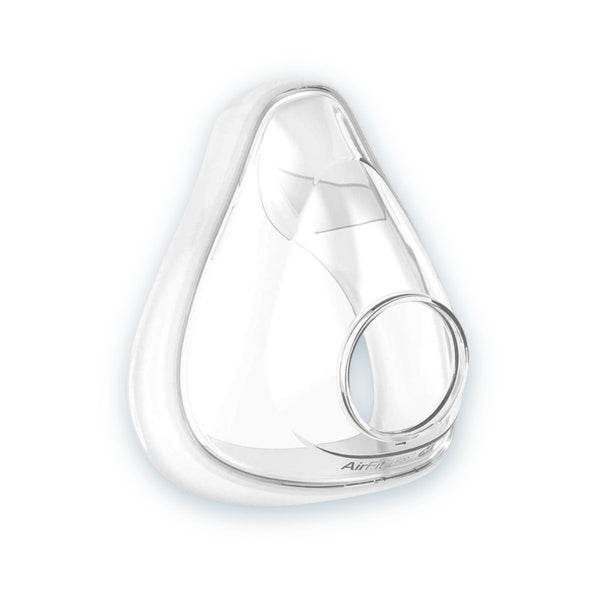

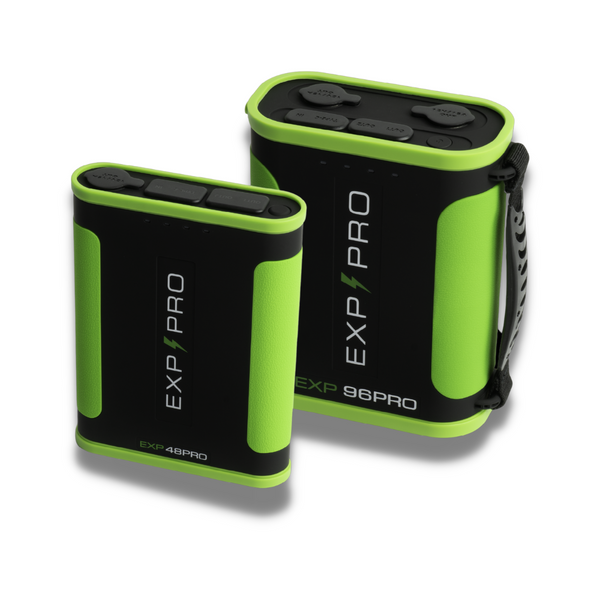
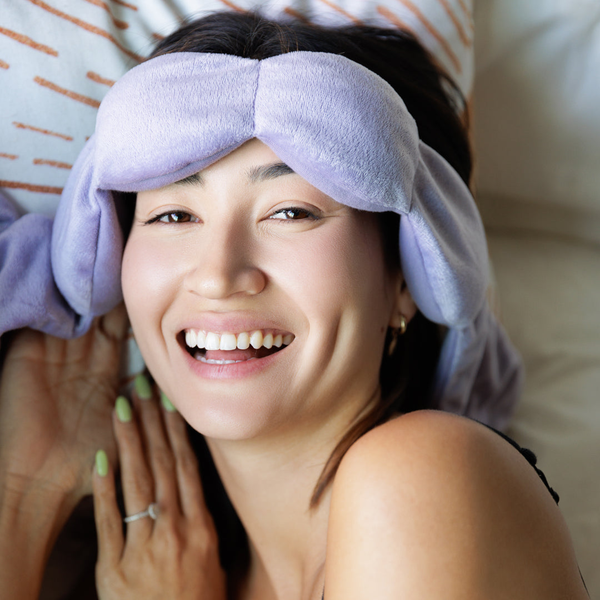

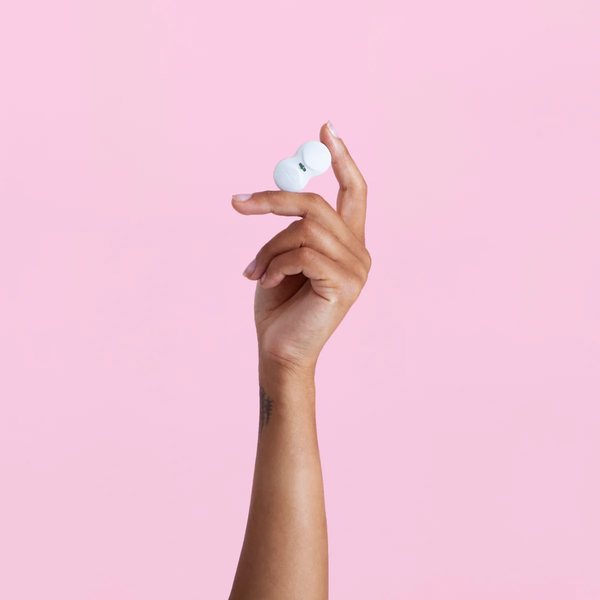
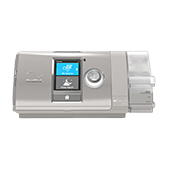
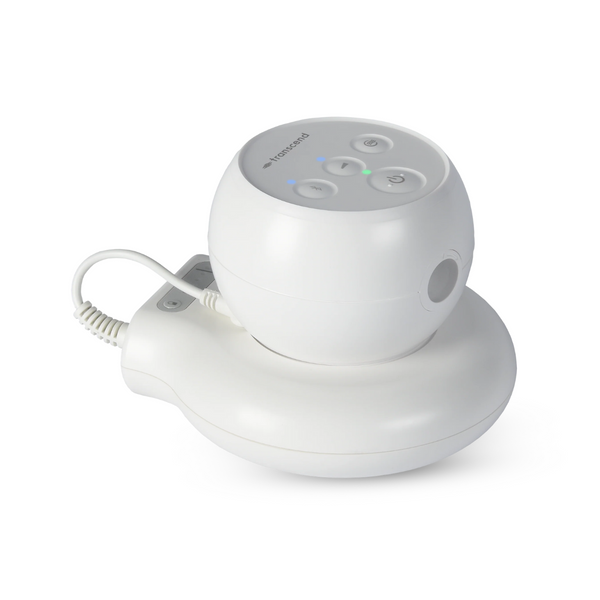
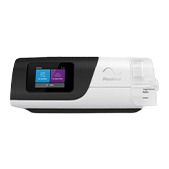
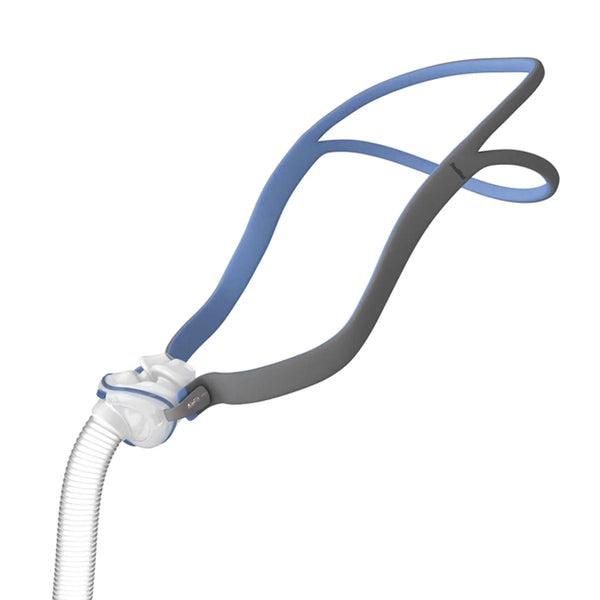
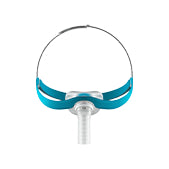
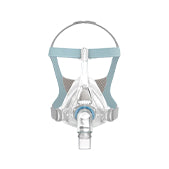
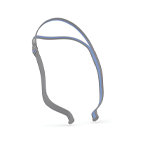

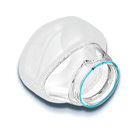
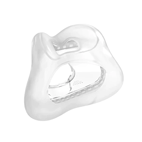
![[subscription]](http://heartstrongsleep.com/cdn/shop/files/Group_30_6a2ee5b7-7d1a-49f1-855d-428a7cb5358f.png?v=1733846466&width=600)
